5 Best Gas Pressure Regulator Solutions for Optimal Performance
In the realm of industrial applications and home utilities, the efficiency and safety of gas systems heavily rely on the performance of the Gas Pressure Regulator. These essential devices are designed to maintain a consistent pressure level, ensuring that gas is delivered safely and effectively to appliances and equipment. However, not all gas pressure regulators are created equal; selecting the right one can significantly influence operational efficiency and reliability. In this guide, we will explore the five best gas pressure regulator solutions available today, providing valuable insights and tips to help you make an informed decision. Whether you are looking for enhanced performance, durability, or ease of maintenance, this comprehensive overview will equip you with the knowledge to optimize your gas system's performance while ensuring safety standards are met.
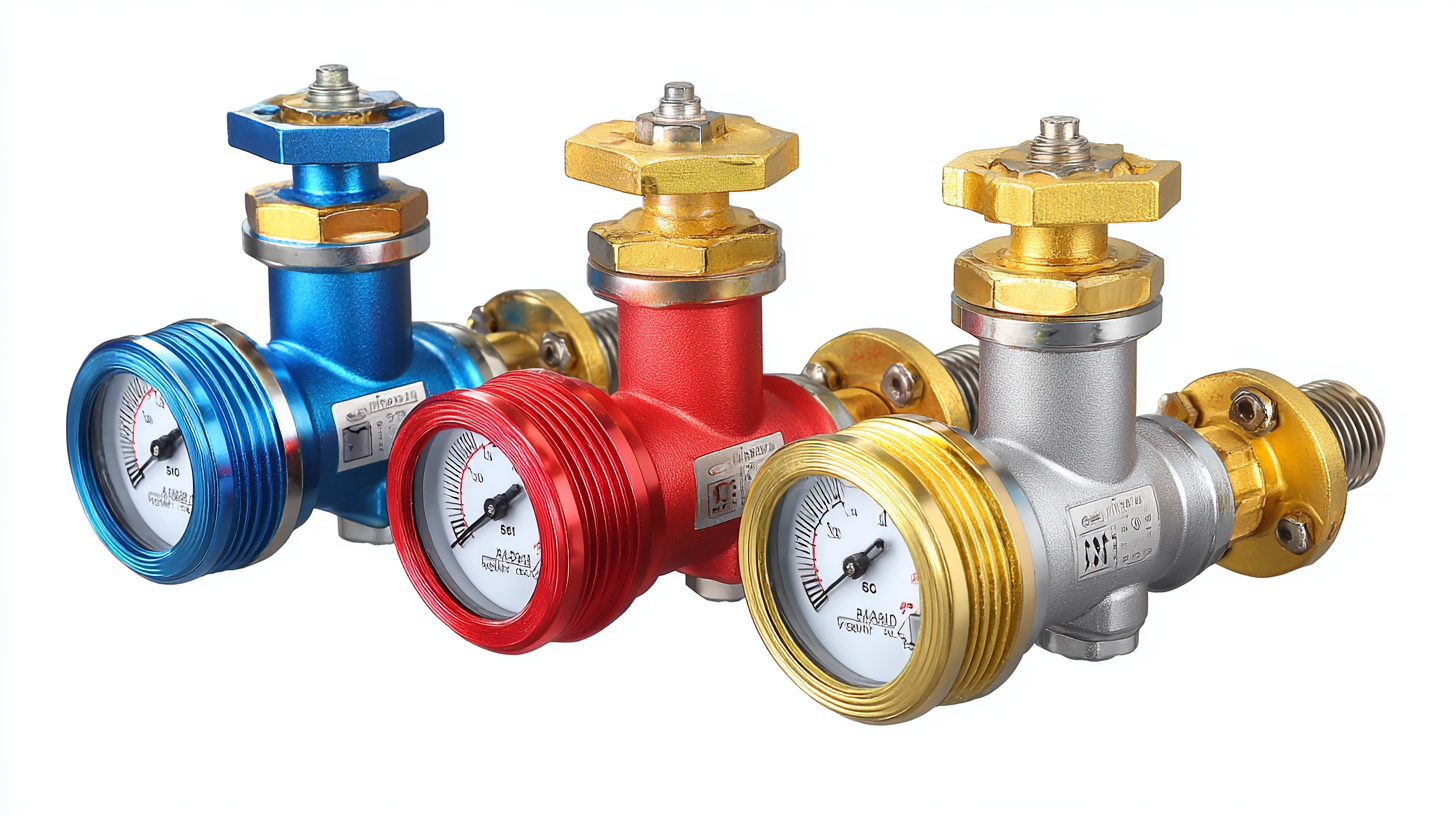
Essential Features to Look for in Gas Pressure Regulators
When selecting a gas pressure regulator, understanding essential features is crucial for ensuring optimal performance and safety. One primary aspect to consider is the regulator's flow capacity, which is typically measured in cubic feet per hour (CFH). According to industry standards, a well-designed regulator should provide consistent pressure control while accommodating varying flow demands. For instance, the American Gas Association emphasizes that regulators must handle fluctuations in demand without compromising performance, making flow capacity a key metric in their effectiveness.
Another vital feature is the regulator's material construction, which directly impacts durability and resistance to corrosion. Reports indicate that regulators made from stainless steel or high-grade brass offer superior longevity, particularly in harsh environments. Furthermore, an effective pressure regulator should include a built-in pressure relief valve to prevent over-pressurization. The National Fire Protection Association notes that inadequate pressure relief can lead to hazardous situations, underscoring the necessity of this safety feature in any reliable gas pressure regulator. By focusing on these essential attributes, users can ensure they choose a regulator that not only meets regulatory standards but also enhances operational safety and efficiency.
5 Best Gas Pressure Regulator Solutions for Optimal Performance
The chart above showcases the pressure regulation performance of the top five gas pressure regulator models. Each model demonstrates varying levels of performance in terms of pressure measured in PSI. This data can assist in selecting an optimal gas pressure regulator based on specific operational needs.
Top 5 High-Performance Gas Pressure Regulators for Reliable Use
When it comes to ensuring reliable performance in gas systems, selecting the right gas pressure regulator is crucial. The top performers in this category are engineered to provide consistent pressure control and facilitate smooth operation across various applications. By focusing on durability and efficiency, high-performance gas pressure regulators play a significant role in preventing gas leaks, ensuring safety, and maintaining optimal system functionality.
One standout option is the low-pressure regulator, which excels in applications requiring precise control without sacrificing flow rates. These regulators are designed with advanced materials that withstand high-stress environments, making them perfect for industrial uses. Additionally, some models offer easy installation and maintenance, streamlining operations for businesses that demand reliability in their gas systems. With rigorous testing and certifications, the best gas pressure regulators guarantee performance under a wide range of conditions, providing peace of mind to users who rely on consistent gas delivery.
Key Maintenance Tips to Extend the Life of Your Gas Pressure Regulator
Maintaining your gas pressure regulator is crucial for optimal performance and longevity. Regular inspections can significantly reduce the likelihood of issues such as fluctuating gas pressure, which affects the efficiency of your appliances. According to a report by the Gas Technology Institute, improper maintenance is responsible for up to 30% of gas system inefficiencies, leading to increased energy costs. Thus, checking for gas leaks, ensuring valves and connections are secure, and replacing worn-out seals are essential maintenance practices.
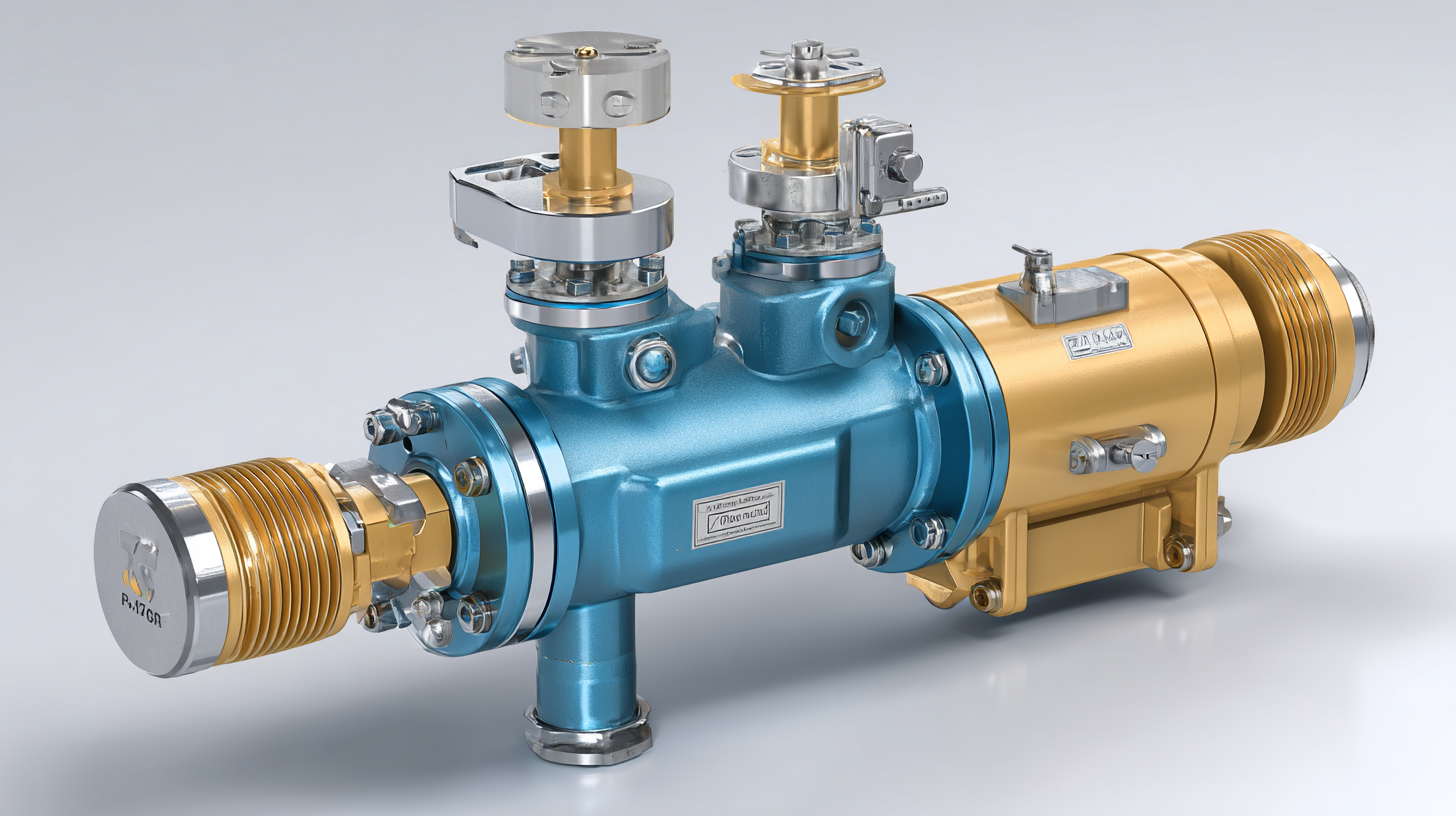
Additionally, keeping your regulator clean is vital. Accumulation of dirt and debris can impede function and decrease performance. The National Renewable Energy Laboratory highlights that a well-maintained regulator can last up to 15 years, compared to 5-7 years for neglected ones. Regularly replacing the filter is a simple yet effective way to enhance its lifespan. Following these key maintenance tips will not only ensure safety but also improve the overall efficiency of your gas systems, ultimately saving you money and prolonging the system's efficiency.
How to Properly Install a Gas Pressure Regulator for Optimal Functioning
Installing a gas pressure regulator correctly is crucial for ensuring optimal functioning and safety in any gas system. First, choose a regulator that matches the specifications of your equipment and ensure all components are compatible. When beginning the installation, it’s essential to turn off the gas supply to prevent any leaks or accidents. Securely mount the regulator in an accessible location, using appropriate fittings to avoid any potential issues.
After physical installation, check for leaks by applying soapy water to the joints and connections. Any bubbles that form indicate a leak, necessitating immediate adjustment. Additionally, verify that the regulator is set to the correct pressure for your system; this will enhance performance and efficiency. As technology continues to advance, incorporating smart mechanisms into gas pressure regulators can further enhance safety and ease of use, aligning with industry trends towards automation and intelligent control in the gas sector.
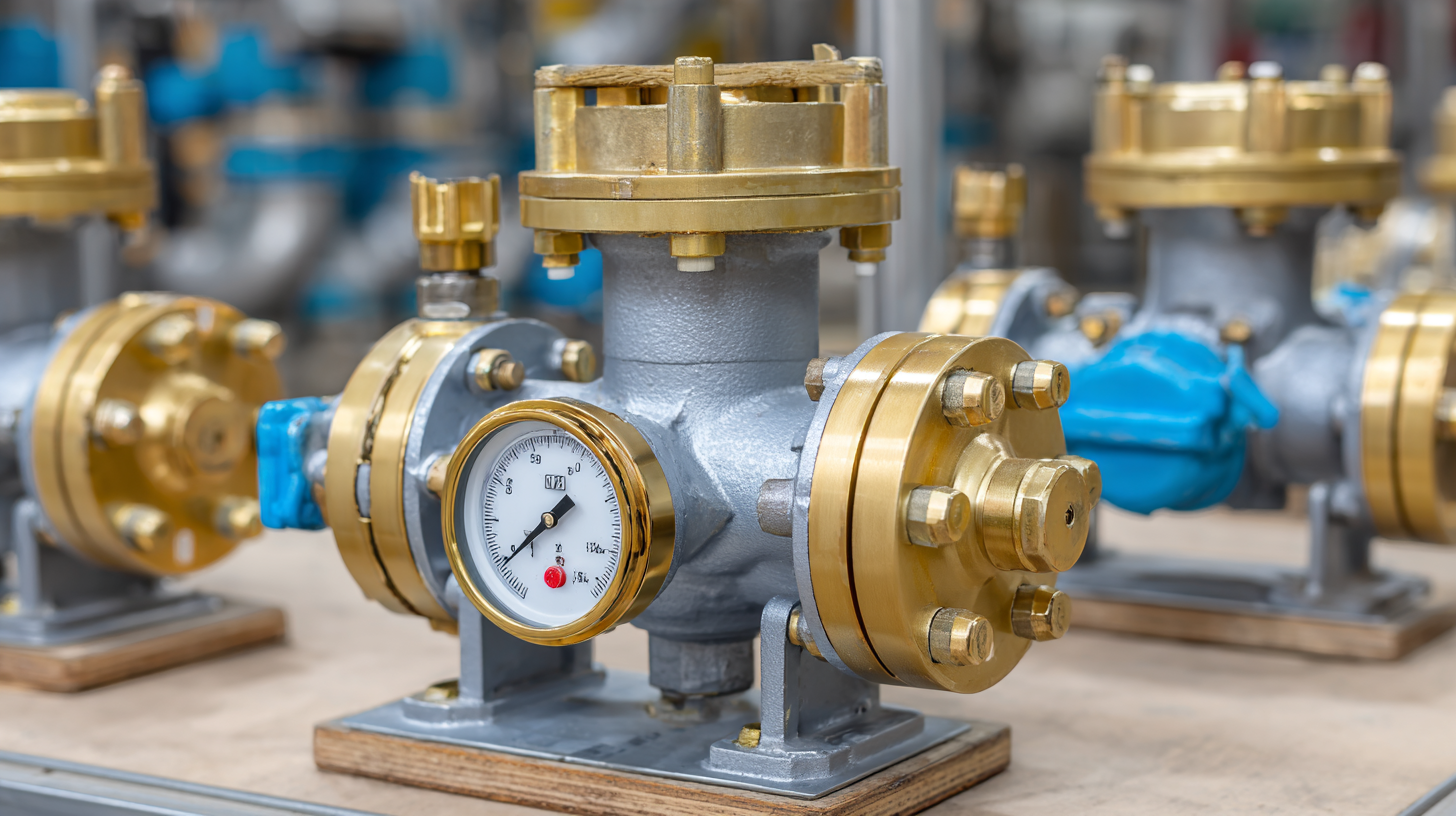
Comparative Analysis: Analog vs. Digital Gas Pressure Regulators
When it comes to managing gas pressure efficiently, choosing between analog and digital gas pressure regulators can significantly impact your system's performance. Analog regulators are known for their simplicity and reliability, providing a straightforward way to maintain consistent pressure levels. These devices often have fewer components, which means less potential for failure and easier maintenance. However, they may lack precision and rapid response times compared to their digital counterparts.
Digital gas pressure regulators, on the other hand, offer advanced features such as real-time monitoring and automatic adjustments to pressure fluctuations. With digital displays, they provide users with instant feedback and greater accuracy, making them ideal for applications requiring strict adherence to pressure specifications. The decision largely depends on your specific needs; if you prioritize ease of use and reliability, analog regulators are a solid choice, while those needing precision may lean towards digital solutions.
**Tips:** Always assess the specific application requirements before choosing a regulator type. Consider the environment in which the regulator will operate, as harsh conditions might favor analog models. Additionally, ensure regular maintenance checks for both analog and digital regulators to optimize their performance and longevity.
Related Posts
-
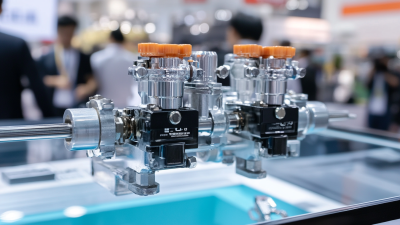
Hydraulic Pressure Regulator Innovations Highlighted at Canton Fair 2025 with Record International Buyer Attendance
-
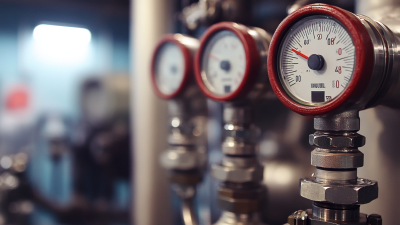
Unveiling the Best High Pressure Regulator Options for Global Buyers
-
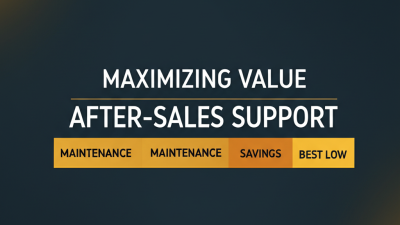
Maximizing Value: After-Sales Support and Maintenance Savings for the Best Low Pressure Regulators
-
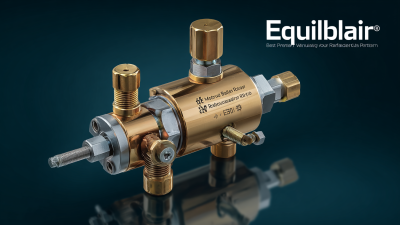
Maximizing Value with Best Equilibar Back Pressure Regulator Through Superior After Sales Service and Low Repair Costs
-
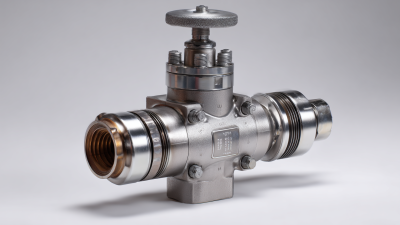
Finding the Ideal Manufacturer for Best Pressure Reducing Valves in Your Industry
-

7 Essential Benefits of Using a Low Pressure Regulator for Your Operations
